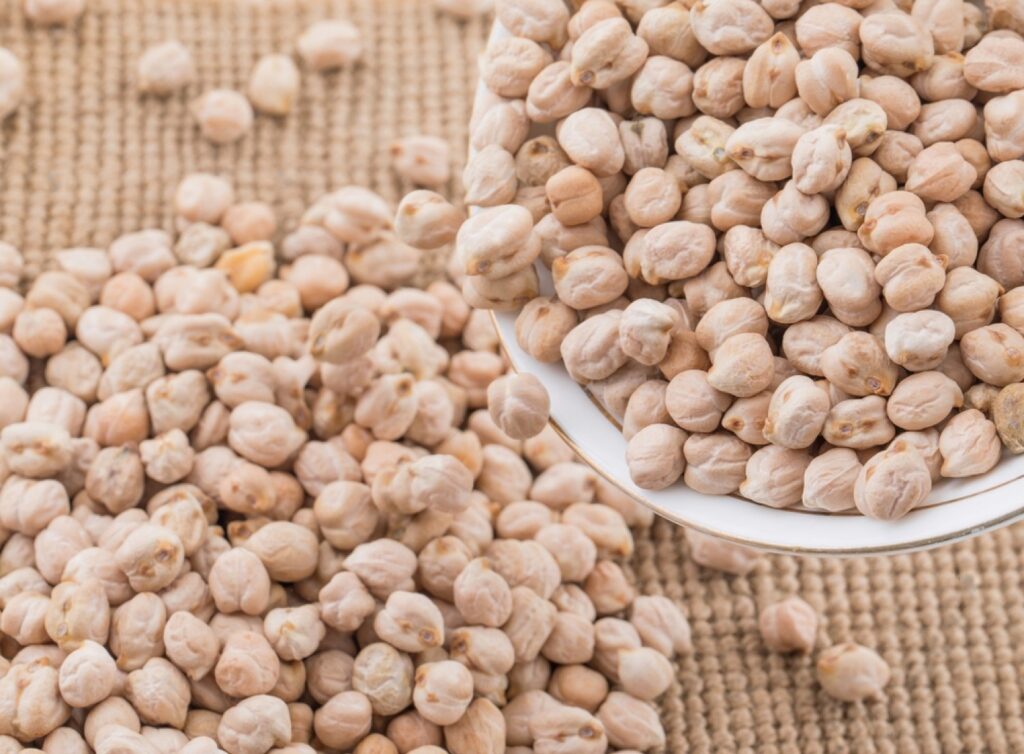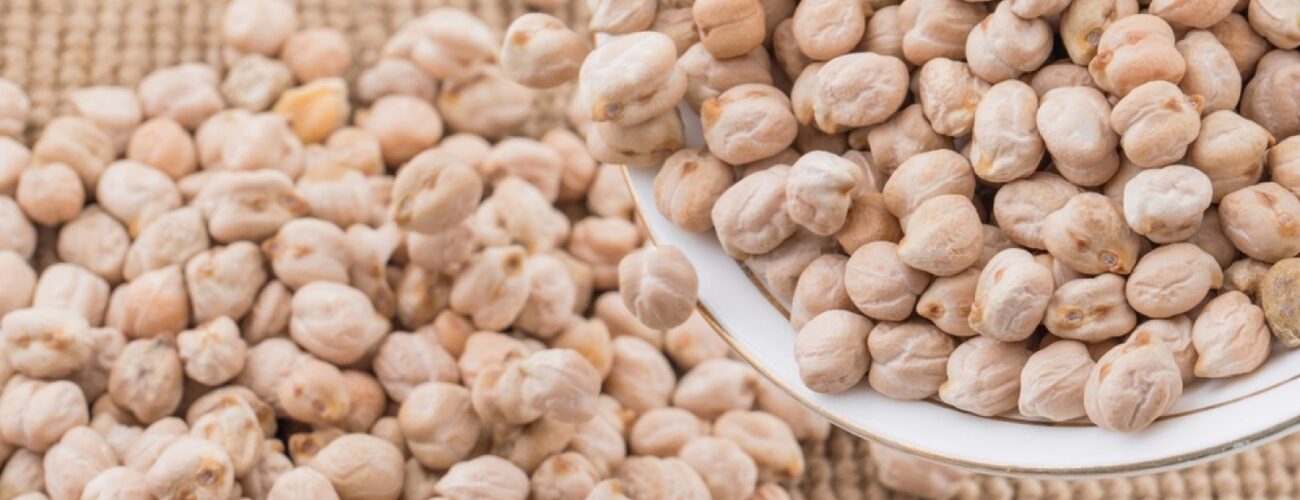
Among the wide variety of legumes available, one stands out for its versatility, nutritional value, and global popularity: the Kabuli chickpea. With its distinctive creamy color, tender texture, and nutty flavor, Kabuli chickpeas have become a cherished ingredient in cuisines around the world. In this blog, we will explore the fascinating journey of Kabuli chickpeas, their nutritional benefits, culinary applications, and their significance in diverse cultures.
Origins and Characteristics:
Kabuli chickpeas, scientifically known as Cicer arietinum, are believed to have originated in the Mediterranean and Middle Eastern regions. The name “Kabuli” refers to the variety that is large and light in color, distinguishing it from the smaller, darker desi chickpea variety. Kabuli chickpeas are known for their round shape, smooth surface, and creamy beige color, which remains intact even after cooking.
Nutritional Powerhouse:
Besides their delightful taste and texture, Kabuli chickpeas pack a nutritional punch. They are an excellent source of plant-based protein, making them a valuable option for vegetarians and vegans. Additionally, Kabuli chickpeas are rich in dietary fiber, which aids digestion, promotes satiety, and supports a healthy gut. They also contain essential vitamins and minerals, including folate, iron, phosphorus, and magnesium.
Culinary Versatility:
Kabuli chickpeas offer endless culinary possibilities, making them a beloved ingredient in various dishes. One of the most iconic preparations is hummus, a creamy dip made from chickpeas, tahini, garlic, and lemon juice. Kabuli chickpeas also shine in salads, stews, curries, and soups, adding a hearty and satisfying element to the meal. Their versatility extends to crispy snacks like roasted chickpeas or falafel, a popular Middle Eastern street food.
Cultural Significance:
Kabuli chickpeas hold cultural significance in many regions where they are prominently featured in traditional dishes. In Middle Eastern and Mediterranean cuisines, chickpeas are celebrated for their association with hospitality and abundance. They play a significant role in popular dishes like Moroccan tagines, Indian chana masala, and Spanish chickpea-based stews like cocido. In many cultures, Kabuli chickpeas are also included in festive recipes during religious and celebratory occasions.
Health Benefits:
Beyond their culinary versatility, Kabuli chickpeas offer numerous health benefits. As a rich source of plant-based protein, they contribute to muscle development, repair, and overall growth. The dietary fiber content aids in managing cholesterol levels, improving digestion, and maintaining a healthy weight. Moreover, Kabuli chickpeas have a low glycemic index, which helps regulate blood sugar levels, making them suitable for individuals with diabetes.
Sustainability and Accessibility:
Kabuli chickpeas also demonstrate environmental sustainability. Being a legume, they have the ability to fix nitrogen in the soil, reducing the need for synthetic fertilizers and contributing to healthier agricultural practices. Additionally, chickpeas are relatively affordable and accessible, making them a cost-effective and nutritious option for individuals and communities worldwide.
Conclusion:
Kabuli chickpeas, with their versatility, nutritional benefits, and cultural significance, have earned a special place in global culinary traditions. Whether enjoyed in creamy dips, robust stews, or crispy snacks, these legumes bring a delightful taste and a wealth of nutrients to any dish. As we embrace the rich tapestry of flavors and cultures, let us celebrate the humble Kabuli chickpea and its ability to nourish our bodies, satisfy our palates, and bring people together around the table.

